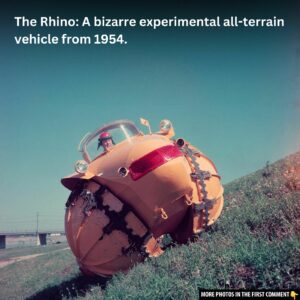On June 4, 1896, Henry Ford made history in Detroit by driving his first creation, the “Quadricycle,” a small, four-wheeled vehicle that would forever change the future of transportation. Despite its modest size and design, this vehicle was a breakthrough in automotive engineering. Built with determination and innovative mechanics, the Quadricycle marked the beginning of Ford’s journey to revolutionize the automotive industry. In this article, we’ll explore the Quadricycle’s design, the challenges Ford faced, and how this first step ultimately led to the creation of the Ford Motor Company.
The Early Days: From Mechanic to Inventor
Henry Ford’s path to automotive greatness began long before the creation of the Quadricycle. Born on a farm in Michigan in 1863, Ford showed a natural aptitude for mechanical work from a young age. He had a keen interest in the inner workings of machinery, and his ability to disassemble and reassemble mechanical devices earned him the nickname “wheels in his head” from his neighbors. Ford’s mechanical talents eventually led him to leave the family farm at the age of 16 and apprentice in a Detroit machine shop. There, he worked on steam engines and quickly rose to become a chief engineer at the Edison Illuminating Company.
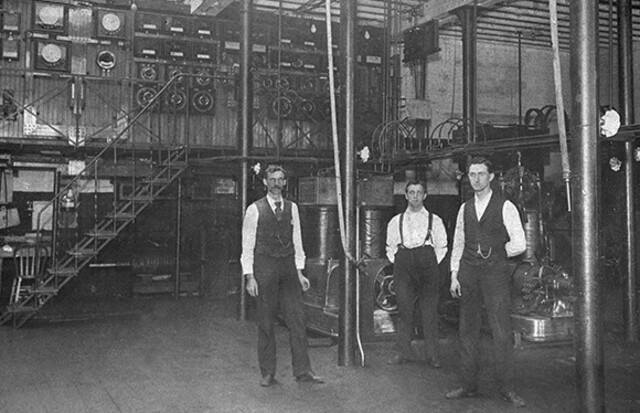
While Ford excelled in his work, the urge to create something of his own was too strong. During the early 1890s, as the automobile industry was just beginning to take shape, Ford became increasingly interested in the idea of horseless carriages. He was fascinated by the possibility of a self-powered vehicle that could replace horses in transportation. Ford’s personal drive and mechanical brilliance were key factors in his success, as he set out to create his own vehicle that would eventually lead to the Quadricycle.
Video
Watch this video to experience a test drive of the iconic Ford Quadricycle and its historical significance!
The Birth of the Quadricycle
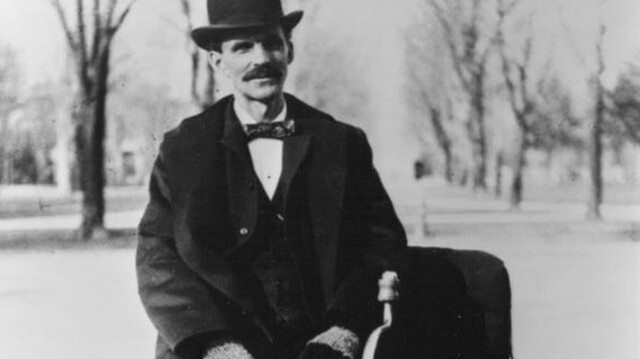
Ford’s journey to build the Quadricycle started in earnest in 1893. It was during this time that he constructed his first engine, which was the starting point for his motorized vehicle. After experimenting with engine designs for several years, Ford finally focused on creating a practical engine for his Quadricycle. By January 1896, Ford had built the engine and began working on the chassis and body of his vehicle.
Ford’s work ethic was unwavering. He often worked late into the night, often until midnight or later, making meticulous adjustments to the vehicle. His wife, Clara, provided crucial emotional support, and Ford also received help from friends and colleagues from the Edison Company. Despite the long hours, Ford later remarked that he never considered the work hard because of his passion for it. As he famously said, “No work with interest is ever hard.”

The Quadricycle itself was quite small, with a 49-inch wheelbase, a length of 79 inches, and a width of just 45 inches. Constructed largely from wood, the vehicle weighed only 500 pounds without fuel. It was powered by a small gasoline engine that could propel it to speeds of 10 and 20 miles per hour. Although rudimentary by modern standards, Ford’s Quadricycle had two speeds, a neutral gear, and a single chain for the final drive. It had no brakes but was equipped with a doorbell to serve as a horn.
A Historic Test Drive

Finally, on June 4, 1896, the moment arrived. After hours of work, Ford was ready to take his creation out for its first trial run. However, there was one problem: the vehicle was too wide to fit through the garage door. Ford, ever the problem solver, grabbed an axe and widened the opening by removing part of the frame and bricks. With the help of his wife and a friend, Jim Bishop, Ford rolled the Quadricycle out onto the streets of Detroit.
As Ford carefully spun the flywheel and started the engine, the Quadricycle sputtered to life. The small vehicle began its journey down the nearby streets, with Bishop riding ahead on a bicycle and a few curious onlookers watching in awe. Though the run was short, a spring that actuated one of the “ignitors” failed, Ford quickly repaired it and continued the test. By the time Ford returned to his home, he knew that the Quadricycle had proven its potential as a viable motor vehicle.
Design and Functionality of the Quadricycle

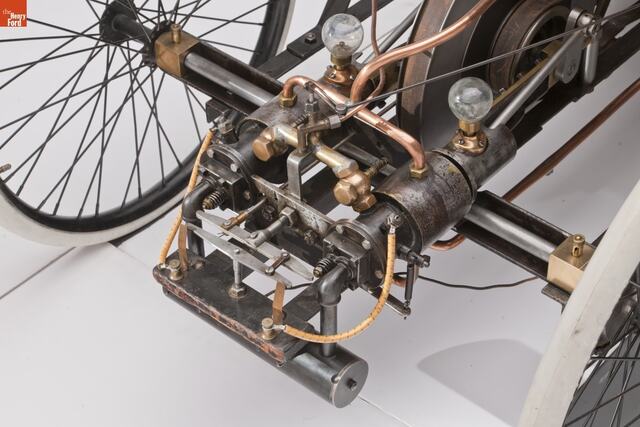

Ford’s Quadricycle was groundbreaking in its design. As a mechanical engineer, Ford knew that simplicity and efficiency were key to success. The vehicle was constructed mostly of wood, with a simple yet functional design that showcased Ford’s mechanical ingenuity.
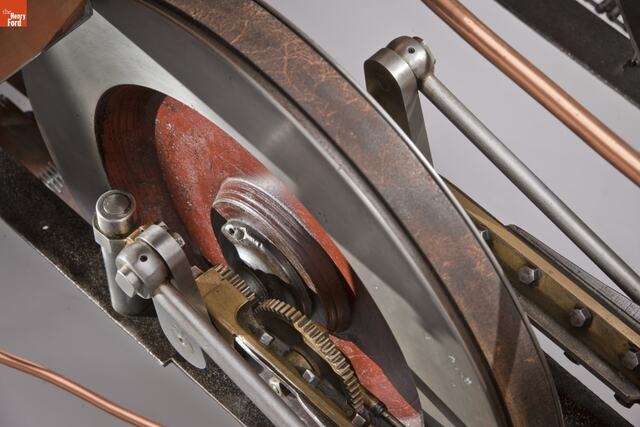

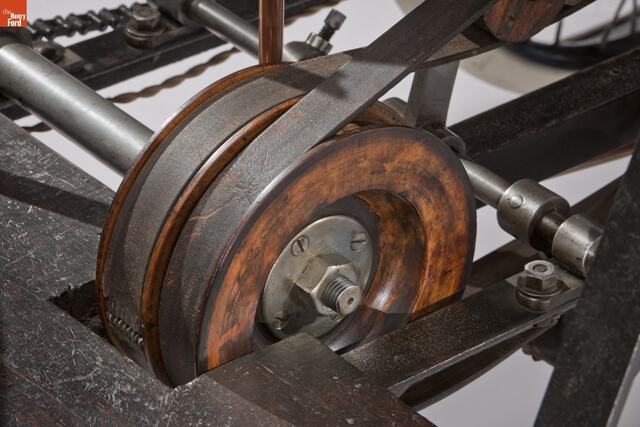
The motor was the heart of the vehicle. Ford utilized a single-cylinder engine capable of generating a modest amount of power. The Quadricycle had no reverse gear, but it offered two forward speeds: 10 and 20 miles per hour. These speeds were achieved through a twin drive belt system, and the gears were changed using a clutch lever located to the right of the driver. With the absence of brakes, Ford’s choice of a chain-driven final drive and the simplicity of the vehicle’s construction made it an impressive piece of engineering for its time.

The Evolution of the Quadricycle
Despite its successful first outing, Ford was not satisfied with the initial version of the Quadricycle. He immediately set to work on improving it, replacing many of the wooden parts with more durable metal components and adding a cooling system to the engine. He also reinforced the wheels to make them more robust for regular use.
Ford’s improvements to the vehicle over time would shape the future of his work. His hands-on approach to engineering would be a hallmark of his career, and the skills he honed while creating the Quadricycle helped him design future Ford models. The Quadricycle served as the foundation for Ford’s burgeoning career in automotive design, eventually leading to the creation of the Ford Motor Company in 1903.
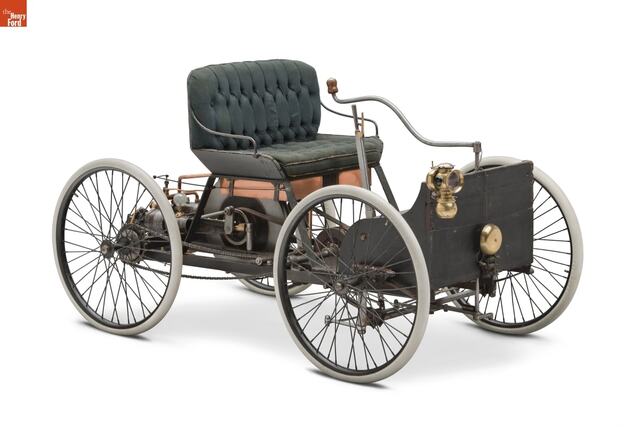
The Quadricycle’s Legacy
While Ford sold the Quadricycle for $200 in 1903, it was later repurchased in 1904 for just $65, and it still exists today as part of the permanent collection at the Henry Ford Museum in Dearborn, Michigan. Though the Quadricycle was not a commercially successful model, it was an important step in the development of the modern automobile.
The Quadricycle’s legacy is reflected in the rise of the Ford Motor Company and its subsequent success in mass-producing automobiles for the public. The innovations that Ford introduced in the Quadricycle laid the groundwork for the production of the Model T, which would revolutionize the automotive industry and change the world forever.
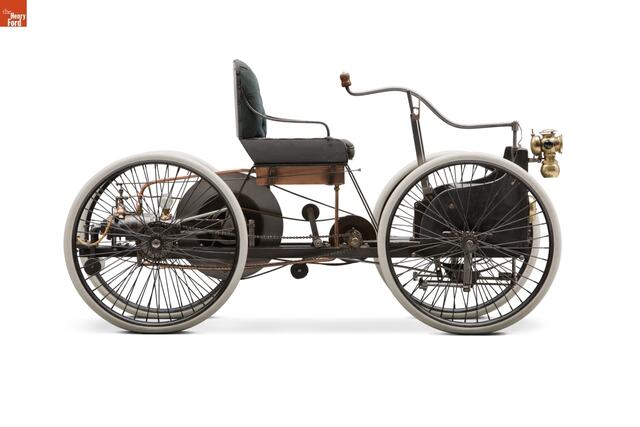
Video
Watch this video to dive into the history of Henry Ford’s Quadricycle, featured on The Henry Ford’s Innovation Nation!
Conclusion: The Vehicle That Changed History
Henry Ford’s Quadricycle is more than just a historical artifact; it is a symbol of innovation, perseverance, and the power of human ingenuity. From a small workshop in Detroit to the world’s largest automaker, Ford’s journey with the Quadricycle marked the beginning of a new era in transportation. The Quadricycle’s modest start proved that great things can come from simple ideas, and it laid the foundation for the automobile industry we know today.
Ford’s relentless pursuit of progress and his ability to turn his ideas into reality make him a true pioneer in the world of automobiles. The Quadricycle may have been small, but its impact was immense, and its legacy continues to inspire automotive designers and engineers around the world.



